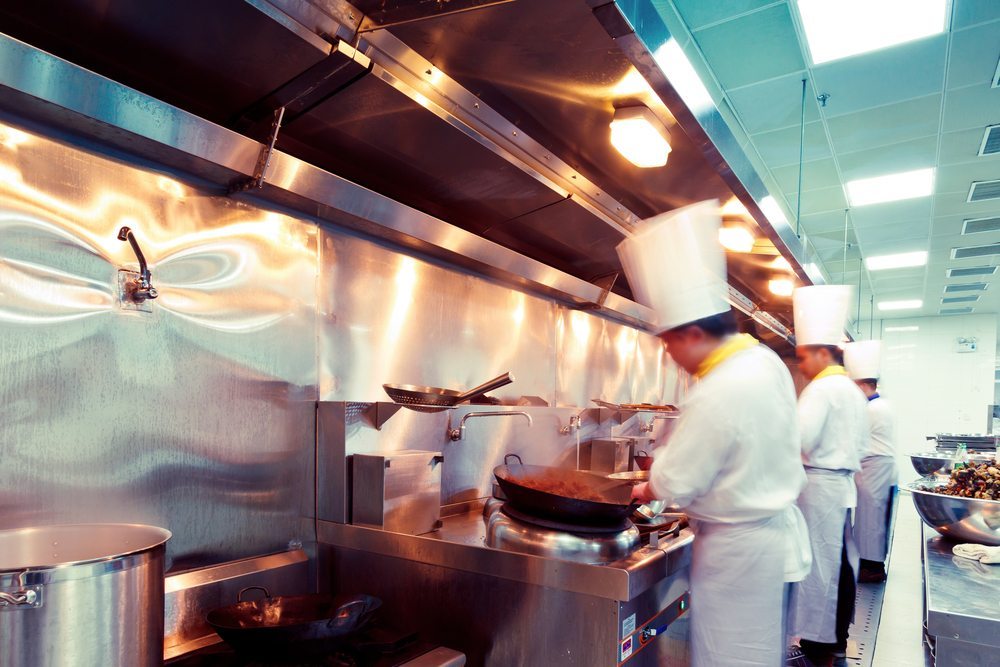When Special Dietary Needs Heighten Tension in Your Kitchen, Do This.
- Ryan Gromfin
- •
- 3 Min Read
- •
Friday night, the ticket line is chock-full when you find a ticket order that reads “see server.” The whole kitchen stops while the server tells you his table has a garlic allergy. It’s one of those nights when your beloved ticket machine keeps spitting out orders with special dietary needs. One diner asks if you can pan fry a skate in a searing-hot pan without a single drop of oil. You watch your underpaid line cooks sweating through their shift and suspect that among your diners are some allergy fakers.
See the Opportunity Where Others Don’t
Accommodating special dietary needs may feel daunting, but you can gain repeat business and customer loyalty this way. If you can prove that your restaurant is a safe place for food allergies and intolerances, these guests will come back. After all, diners try out your catering service to sate their appetites, but they come back for great customer service.
Do your best to find trends among all the special dietary requests sent to your kitchen. Ten years ago customers wanted carbs. Five years ago they wanted kale. Whatever they’re asking for, incorporate these requests into your menu. Let your guests know you’re willing to tailor your dishes for their dietary needs, especially on catering menus when you can prepare in advance.
Sorting Out the False Alarms from Potential Lawsuits
According to InnerBody.com, 200,000 Americans require emergency medical care from exposure to food allergies. There are more than 170 foods reported to cause allergic reactions, but a majority of the reactions come from eight foods: milk, eggs, peanuts, tree nuts, wheat, soy, fish, and crustacean shellfish.
Lawsuits over the improper handling of special dietary needs have made big news in recent years. Take allergies seriously, lest you find yourself dialing 911 in the middle of service because a guest is going into anaphylactic shock from ingesting a trace amount of shellfish.
How do you begin? Well, start by training your servers to educate your guests about the difference between having an allergy and a food preference. Those afflicted with allergies should be informed that your restaurant takes their special dietary needs seriously and follows a strict safety procedure.
But your servers should also tack on an additional clause to identify imposters:
“Before I inform the kitchen of your allergy, which we’re happy to accomodate, will you confirm that you have an allergy, rather than a food preference. If it’s a food preference, I’ll make sure that you still get what you want.”
This approach may seem counterintuitive, but it’s an effective deterrent. With a procedure in place to weed out the fakers, your kitchen can now focus on handling special dietary needs!
Easy, Four-Step Guidelines
Your kitchen should follow four steps when handling special dietary needs to avoid cross contamination and life-threatening risks.
- Make ingredient lists available to your guests.
- Isolate ingredients or recipes that could trigger a common allergy.
- Don’t use tools (utensils, pots, or pans) or equipment (grills or fryers) that have been exposed to the allergen. Wash your hands before putting on a pair of gloves.
- Have a designated server carry the correct dish to the guest with the food allergy, with freshly washed or gloved hands.
Establishing these guidelines is crucial to the safety of your customers and the reputation of your business. Plus, by accommodating diners with allergies, you can distinguish your business from competitors.
During slowdowns, promote your catering business.








